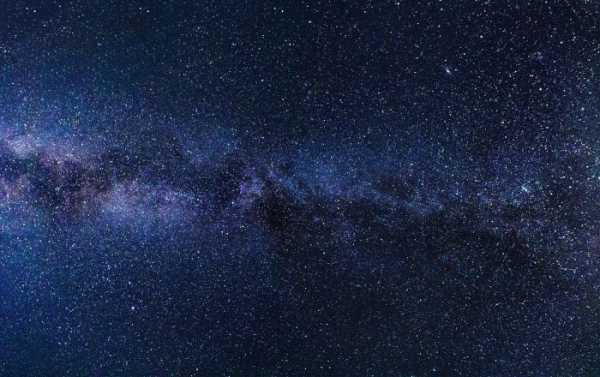
Astronomers have discovered a gigantic, undulating wave of dust and gas where newborn stars are forged stretched over the Milky Way.
This wave, now named as the “Radcliffe Wave” for the Radcliffe Institute for Advanced Study, extends in crests that are 500 light-years both above and below the middle of our galaxy’s disk. The long structure stretches for 9,000 light-years total and measures 400 light-years wide. It’s the largest of its kind in our galaxy. It was possible to detect after researchers from Harvard University analyzed data from the European Space Agency’s Gaia spacecraft, which has been measuring stars since 2013. Gaia’s data was used to create a 3D map of the Milky Way’s matter. The finding was announced Tuesday at the 235th meeting of the American Astronomical Society in Honolulu.
The discovery gave birth to a number of questions, including one of the most important – how the wave formed. One idea is that a much smaller galaxy clattered into that part of the Milky Way in the far-flung past, setting off ripples that spread like those from a stone tossed into a pond. If the wave was set off by a cosmic collision, the ripples may pull the enormous dense clouds of dust and gas around for millions of years to come before finally settling down. A more exotic hypothesis puts the responsibility on the mysterious dark matter that lurks unseen around galaxies.
João Alves, professor of stellar astrophysics at the University of Vienna and former Radcliffe Fellow also noted that the nurseries of star formation in this wave-like structure were thought to be part of “Gould’s Belt” – yet seeing the full picture now it is a much larger wave-like structure which lies only 500 light-years from our Sun.
Sourse: sputniknews.com






